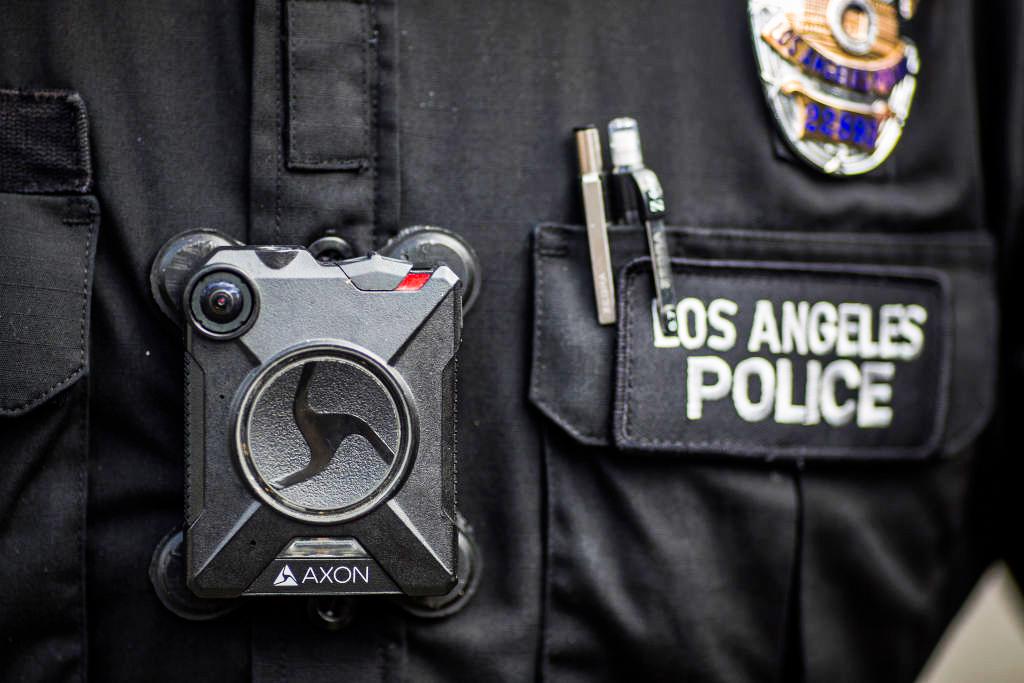A police defense organization has launched an online simulator tool which it says is meant to place the participant “in the shoes” of a law enforcement officer responding to a dangerous situation.
The police simulator called “Decision Points” is a product of the Law Enforcement Legal Defense Fund (LELDF) and uses body-cam footage captured by officers responding to calls.





